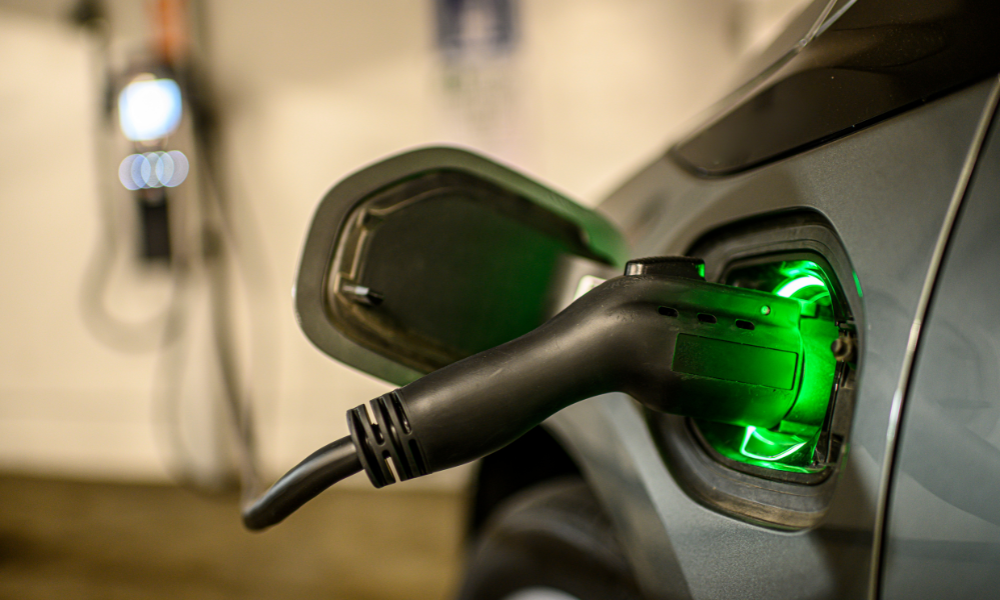Shortages of battery materials are seeming to put the brakes on growth in EV sales. However, innovation is closing in on solutions using alternative battery chemistries that will minimize the problems with the necessary raw materials.
Most EV manufacturers have been opting for a combination of nickel, manganese, and cobalt (NMC) for their lithium-ion batteries to get the highest power density that results in the longest range. But nickel and cobalt are problematic components. Nickel is becoming scarce, and cobalt is also in limited supply and is unsafely mined. Plus, these batteries can be dangerous, bursting into flames under certain circumstances.
Some EV makers are reverting to an older, less expensive technology for batteries: lithium, iron, and phosphate (LFP), drawing on cheap and abundant minerals. While the power density is lower, the batteries are less flammable. And the density issue can be overcome in vehicle design.
One method currently being researched is to eliminate all outside packaging and install the cells directly into the EV chassis. This method saves weight and increases the power density, providing a longer range.
In the future, EV makers are looking toward solid-state batteries with a solid electrolyte made from materials like glass or ceramics. These would be lighter, more chemically stable, and would be able to be charged faster and many more times than lithium-ion batteries.
We are looking forward to all of the innovations that the EV and battery developers will come up with. Get ready for your EV of the future and charge it from your residential solar system. To find out more, click here.









